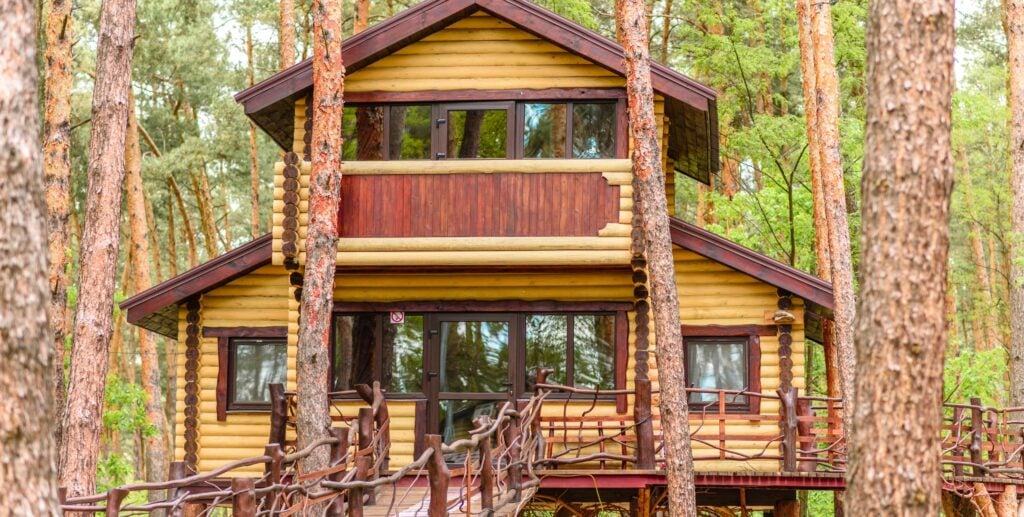Slow building construction has created a myriad of problems in NSW.
NSW’s home building industry has become trapped in a Covid time-warp — with new homes still taking as long to finish as they did during the height of the pandemic.
This is despite the end of lockdowns, the return of supply chains to normal, and a slowdown in construction cost inflation.
Shocking new ABS data reveals that average dwelling completion times across the state have failed to recover to pre-pandemic levels.
A typical house currently takes more than a year to build, well up on the nine months it typically took pre-pandemic, while build times for apartment projects have blown out to nearly three years, data showed.
The revelations have sparked warnings from industry leaders that chronic delays are strangling supply and driving up prices.
MORE: Bust to boom: Home prices soar in Sydney’s west
Master Builders NSW executive director Matthew Pollock said NSW has struggled to build new homes at the speed it was constructing before the pandemic.
“This is holding up supply and driving up costs — which is not good for anyone,” he said.
The ABS indicated that the number of NSW homes completed in the first 12 months of the National Housing Accord was lower than the previous year.
As part of the Accord, the NSW Government was tasked with delivering 377,000 new homes across the state by 2029.
Some 42,581 homes were built in the year to June, down from 46,865 in the year previous.
Red tape remained a significant issue holding up new supply, Mr Pollock added.
MORE: ‘Taken for a ride’: Migration detail angers Aussies
Unit projects now take three years to complete, on average.
“Our members are having to pull tradies off building sites around the state and employ new office staff to tackle the increased administration burden created by the high level of new and changing regulation and red tape,” he said.
“In every region around the state, they are also dealing with increased regulatory inspections (and) development approvals that have increased in some cases from six to thirteen pages.”
Mr Pollock explained that contradictory interpretation of rules between regulators and local councils and a patchwork of local, state and federal laws and regulations further strained the building process, along with insurance changes.
Mr Pollock warned that these mounting administrative and regulatory burdens were not just delaying projects but pushing up prices for families already struggling with housing affordability.
“The longer build times are reflected in higher prices as increased labour and holding costs are incurred by builders and passed on to consumers,” he said.
Houses took an average of nine months to build pre-pandemic. Now they take more than a year.
Mr Pollock urged governments to step up.
“Making the housing industry more productive again is the solution to speeding up dwelling completion times and boosting supply,” he said.
“Every government decision should have this as its goal, and we need the Premier to continue his mission to roll out microeconomic measures needed to tackle red tape at the local council level and to encourage the Federal Government to continue to freeze changes to the National Construction Code.”



















 English (US) ·
English (US) ·